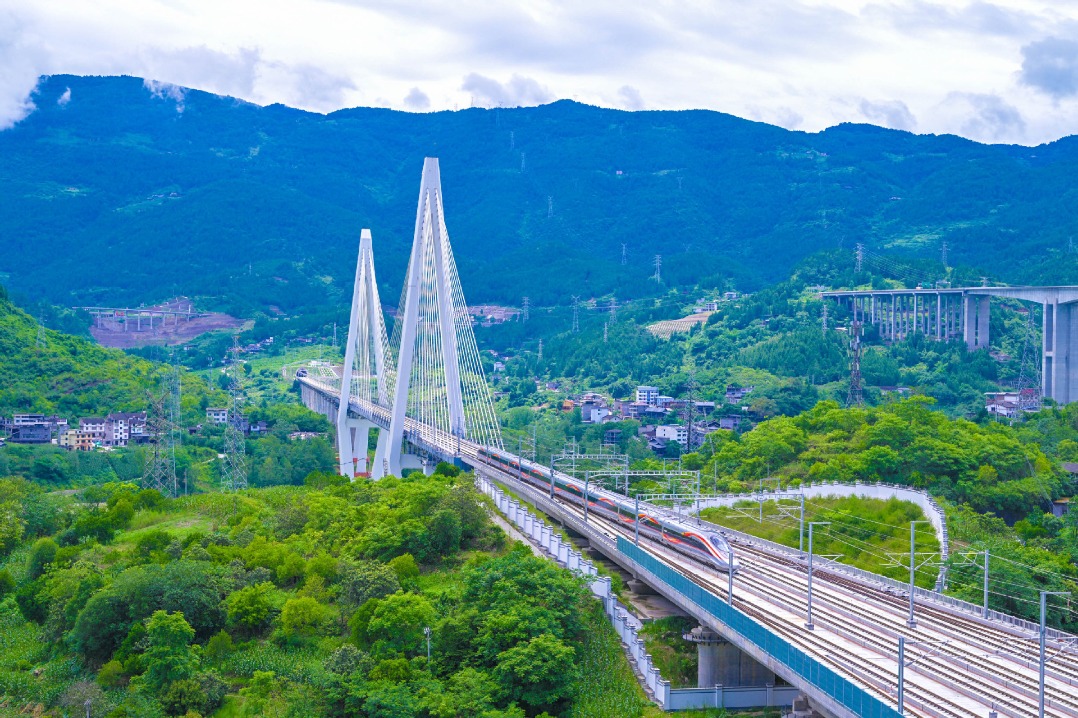China Eyes Malawi Mining in $7bn Deal, But Doubts Remain - Ecofin Agency
The MoU was signed on June 16 in Changsha, China, during the China-Africa Economic and Trade Expo. Authorities have described the deal as a strategic step for the country. Official statements indicate the $7 billion agreement would cover titanium mining, the construction of a processing facility, technology transfer, and broader investments in infrastructure. Malawi’s Minister of Mines, Kenneth Zikhale Ng’oma, said the project aligns with President Lazarus Chakwera’s vision to turn natural resources into a driver of growth. He also claimed that environmental and social assessments have been carried out. Hunan Sunwalk welcomed the agreement, calling it a strategic partnership, and expressed interest in expanding into other sectors.

At this stage, very few details have been shared regarding how the Chinese group plans to invest. There is no clear information on how the substantial $7 billion figure, especially significant for Malawi’s economy, would be distributed. It is unclear whether this amount reflects direct investment, infrastructure-for-concessions arrangements, or conditional pledges based on exploration or mining licenses.
The announcement also raises concerns regarding the profile of the chosen partner. Hunan Sunwalk is a private Chinese company primarily involved in telecommunications, fiber optic infrastructure, and urban development within China. It has no established reputation as a mining operator, and there is little documented evidence of its involvement in extractive projects in sub-Saharan Africa.
The Salima district has been mentioned as a potential mining site, but no official details have been shared about the exact area or how this may overlap with existing permits in the region. It is worth noting that in the same district, Australian company Sovereign Metals is advancing what it calls its first graphite and rutile project in Africa. Rutile is one of the main titanium minerals.
Sovereign Metals estimates that the project could deliver annual production of 233,000 tons of flake graphite and 222,000 tons of rutile over a 25-year mine life. A definitive feasibility study is expected by the end of 2025. Global mining giant Rio Tinto has been closely following the project, having signed an agreement last September to increase its stake in Sovereign Metals to 19.9 %.
In April 2025, the Malawi Investment and Trade Centre estimated that the country’s titanium reserves could be worth several billion dollars based on global market prices. According to local press reports quoting the Center’s Director General, Kruger Phiri, Malawi could become a leading global supplier if it attracts the necessary investment.
According to the International Trade Administration’s 2024 data, Malawi’s mining sector currently contributes around 1 % of GDP, with expectations that this share will remain marginal in the near term. Despite this, and the uncertainty surrounding the Hunan Sunwalk agreement, there has been a noticeable shift in the sector in recent months.
Alongside the developments at the Kasiya project, Australian company Lotus Resources is working to restart the Kayelekera uranium mine. This mine operated from 2009 to 2014 before being closed due to falling uranium prices. Lotus has already secured funding for construction works and plans to reopen the mine in 2025. The site is estimated to hold 19.3 million pounds of uranium, which could be mined over 10 years.

In January this year, the World Bank recommended measures to help Malawi maximize its mining revenues, which could reach $30 billion by 2040. The World Bank’s report suggests the mining sector could contribute up to 10 % of GDP by 2063, a level similar to what was achieved in 2013. The report highlights key challenges, including weak government oversight of mineral exports and the lack of accredited laboratories to analyze mineral quality, grade, and value.
The deal with Hunan Sunwalk has generated both optimism and skepticism. The next steps will depend on how Malawi’s authorities clarify the agreement and how transparent they are with future developments. It will also be important to monitor progress on other mining projects and the government’s concrete actions to organize the sector, which remains largely underdeveloped.
In the short term, Malawi’s economic situation remains fragile. In its latest country report from early June, the International Monetary Fund said Malawi’s GDP growth slowed to 1.8 % in 2024, while more than 20 % of the population faces acute food insecurity. The IMF expects GDP growth to reach 2.4 % this year, with medium-term growth at 3.4 %. Inflation is projected at 29 % this year, declining to 14 % over the medium term.









